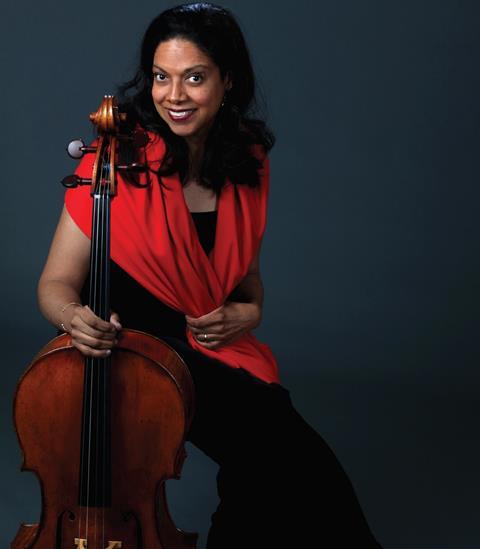

- #SIBELIUS 5 FINALE BASS BOWING HOW TO#
- #SIBELIUS 5 FINALE BASS BOWING MANUAL#
- #SIBELIUS 5 FINALE BASS BOWING SOFTWARE#
(The latter makes more sense in conventional music, even though the former will make more sense for this tip.) But the technique is basically the same. This step is a bit confusing for those of us (hand raised) who have been using Sibelius since 1.0, as Sibelius 5 changed the name of this option from Staff Type Change to Instrument Change.
#SIBELIUS 5 FINALE BASS BOWING HOW TO#
You’ll still need to account for bars behind the scenes, but once you learn how to handle Sibelius’ staff options, this isn’t so difficult. Oddly enough, the answer to all of these questions is basically the same: change the way the staff is displayed.
#SIBELIUS 5 FINALE BASS BOWING MANUAL#
Relevant to this story, this means at least some of the manual hacks for things like beaming across bars and feathered beams will now be automatic! Neat! I’ll have to do new tips for Sibelius 6 when it arrives. Updated: Just days after this feature, Sibelius announces Sibelius 6. That works much of the time, but what if you have music that isn’t in a time signature? What if you’re transcribing early music or world music that doesn’t operate in 4/4? What if you’re making a quiz in which you don’t need bars, or want to have a blank space for students to fill in answers? This is especially true in Sibelius, which is able to perform as quickly as it does because everything you see on a score is relative to a position in a bar, rather than being set up arbitrarily as you would in a page layout program.
#SIBELIUS 5 FINALE BASS BOWING SOFTWARE#
To save you time, notation software generally assumes that all music has bars, and that those bars go from left to right with everything visible. Teachers and experimental, avant-garde composers have something in common: you often need to convince notation software to behave in a way that’s contrary to the expected norm. I happen to be sharing this at a discussion at the City University of New York Graduate Center today, so the timing seems right. As a long-time Sibelius user, though I want to discuss some core techniques that I find open up a lot of other possibilities, techniques to which I continually return.

Notation is deep and complex, so there’s plenty to talk about. Notation remains an essential way to communicate among musicians. And there we have it – the dread phrase “uno Basso solo”, with an exposed triplet semiquaver passage.Creating digital music is about more than audio. But again, nothing immediately obvious until I turned on to the last page, where the presto leads into an Adagio passage (whew!) in 3/8, which seems to be about the point where Haydn starts sending the players home. Thankfully, only 3 sharps in the key signature. Third movement – Minuet & Trio – again, nothing there apart from the 6 sharp key signature. Second movement – an awkward “Scotch Snap” type rhythm at the beginning of the second half, but not much of a problem. So I had to keep looking…įirst movement – nothing to worry about. And, me being a bit pessimistic about these things, I thought that it might be that the solo itself was in 6 sharps. But my memory was telling me there was a passage in 6 sharps, and a rather exposed bass solo.

Nothing to worry about by looking at the first page – 3 sharps, big deal. So I found a copy of the cello / bass part, and had a quick flick through. Unfortunately, I was unable to accept their invitation however, an alarm bell did start ringing… I was recently asked to join a local orchestra for a performance of Haydn’s Symphony 45 – “Farewell”.


 0 kommentar(er)
0 kommentar(er)
